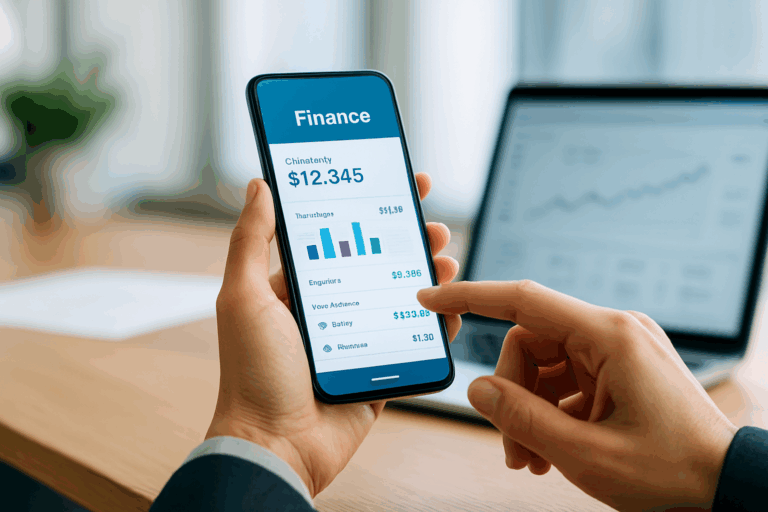
In 2025, blockchain technology is no longer limited to cryptocurrencies. One of the fastest-growing trends in digital finance is the tokenization of real-world assets (RWAs) — transforming how people invest in real estate, commodities, art, and even company shares.
By converting tangible assets into digital tokens stored on the blockchain, tokenization offers increased liquidity, fractional ownership, and broader market access. Financial institutions, startups, and regulators are paying close attention as this innovation promises to democratize investing and disrupt traditional asset management.
This article explores how tokenized assets work, their advantages, key industries affected, and what investors should watch for as blockchain reshapes global finance.
Tokenized assets are digital representations of real-world items stored on a blockchain. Each token represents a share or portion of the asset — like 0.1% of a real estate property or 1 barrel of oil.
This process involves:
These tokens can be traded on decentralized finance (DeFi) platforms or centralized exchanges, depending on the asset type and regulation.
Several factors are fueling the rise of tokenized assets:
In 2025, the tokenized asset market is projected to surpass $10 trillion, according to Boston Consulting Group.
Traditionally illiquid, real estate is now being divided into fractional shares on platforms like RealT and Brickblock. Investors can buy portions of commercial or residential properties, earn rental income, and exit easily.
High-end artwork and rare collectibles are being tokenized to allow shared ownership and open up investment in historically exclusive markets.
Startups and private companies can now raise capital via token offerings without going public. Tokenized equity also simplifies global investing and secondary markets.
Gold, silver, oil, and agricultural products are being tokenized and traded 24/7 across DeFi platforms. Tokens are backed by real reserves, held in verified vaults.
Music royalties and patents are being fractionalized so creators can raise funds and fans can share in future profits.
Tokenization democratizes access to traditionally exclusive markets. Here are some of the main advantages:
As investors seek efficiency and flexibility, tokenized assets offer a more agile and inclusive financial system.
Despite the excitement, tokenization comes with challenges:
Regulators like the SEC (U.S.) and ESMA (EU) are working on frameworks for asset-backed tokens, aiming to balance innovation with investor protection.
Looking ahead, tokenization is expected to become a cornerstone of digital finance. Here’s what to expect:
Major players like JPMorgan, UBS, and the Hong Kong Monetary Authority are already piloting tokenized bond and currency projects — signaling real momentum.
Tokenized assets are more than a trend — they represent a shift in how we own, manage, and trade value. Powered by blockchain and driven by growing demand for accessibility and efficiency, tokenization is set to redefine finance in 2025 and beyond.
For forward-thinking investors, now is the time to:
As blockchain bridges traditional and decentralized finance, the potential for innovation is limitless.